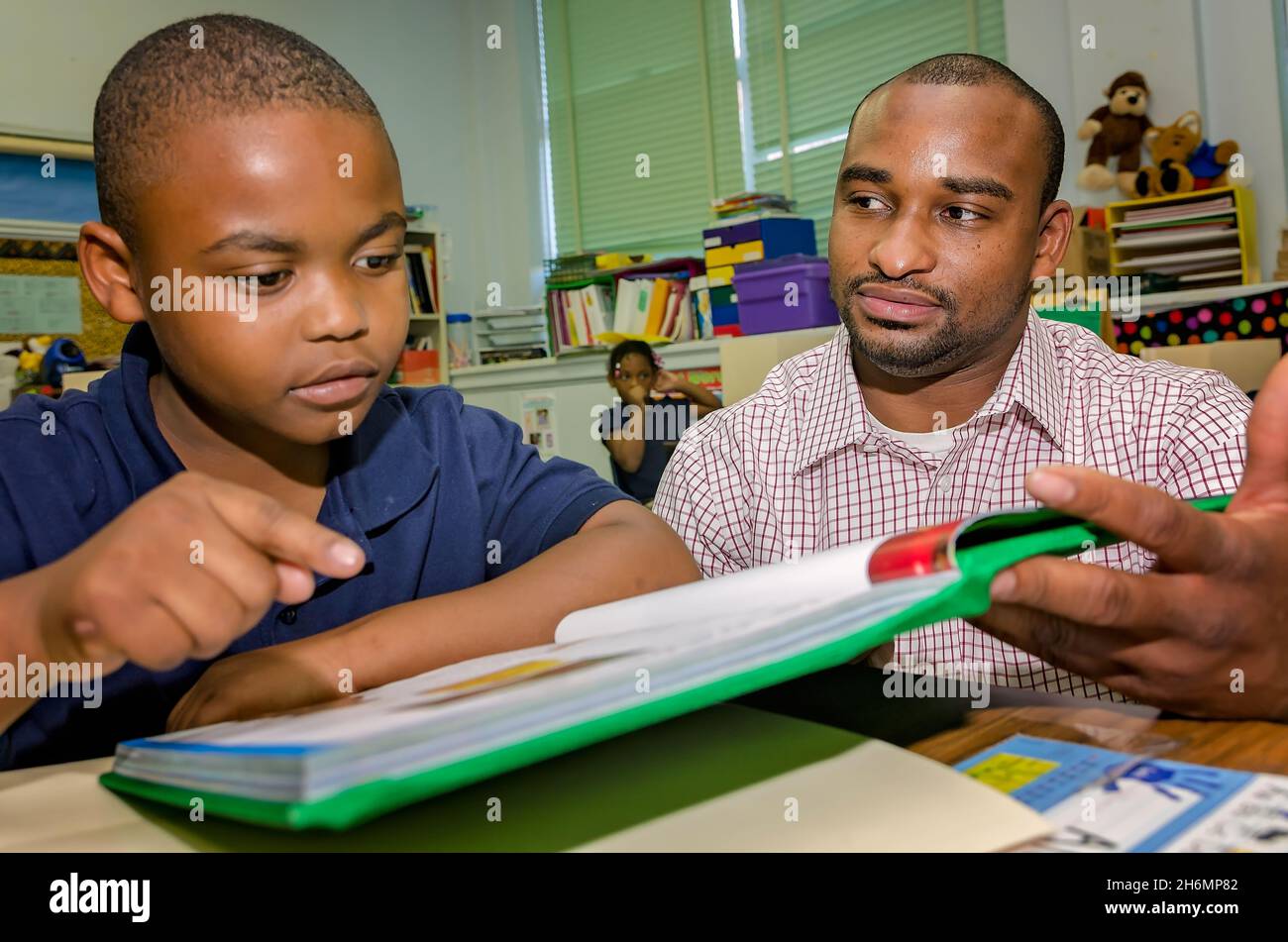
Coursera not only offers free courses but also offers certificates and programs from accredited institutions. It offers courses in many languages and also offers Professional Certificates and specializations for those who subscribe. These courses include software development and design, as well as art, business, and entrepreneurship. Click on a course title, and then follow the steps. Next, you can choose to specialize or obtain certifications in another area of study.
Coursera offers programs and certifications free of charge from accredited institutions
Coursera's new online education platform includes over 3,800 courses, 400 specializations and professional certificate programs. It also offers guided projects that are designed to help students learn job-relevant skills. These courses are peer-graded by other students and often offer step-by–step guidance provided by experts. The majority of courses take less than two hours. They are supported by universities and major tech companies around the world. Coursera gives anyone who wants to improve their skills a free account.

While you might think these online courses may be scams, the truth of the matter is that you can complete them and receive a certificate absolutely free. They are offered by 50 universities. They offer free online courses in a range of subjects, including accounting, psychology, law, and more. Some courses are professionally-oriented, while others are more general and are meant for casual learners. Coursera offers certificates to some courses, however not all. Online courses can also be completed for free. However, professional courses do not qualify for this certificate.
It offers courses in a variety of languages
Coursera, an online school that offers language courses for free, is a far cry from traditional universities and colleges. These courses are brief, include video lectures and require weekly assignments. If students are interested in a more formal certificate they can opt for the Signature Track option. This option was introduced in January 2013 and became standard throughout the platform in 2015. Students who complete the Signature Track receive a signed certificate at the completion of the course. This certificate includes the name of the university as well as the course they took.
Students have the option of choosing from many languages to study. You can also choose from a range of highly-rated MOOCs. Coursera partners with universities around the world, making the courses available in many languages. Coursera offers free courses across a range of languages, as of the writing of this post. Coursera also offers courses from the Abu Dhabi School of Government. The site partners with Coursera for professional development.
It offers specializations and Professional Certificates with a subscription
Coursera has a variety of professional certificates and specializations for those looking to improve their career. These certificates will help you increase your job prospects and improve your skills. Some of these specializations include Google IT Support, Arizona State University's TESOL, and Cloud Architecture with Google Cloud. Plus, all of these courses come with 100+ guided projects that help you develop job-relevant skills in just a few hours. Examples of these projects include Introduction to Project Management. Spreadsheets for Beginners using Google Sheets. Create Your First Python Program.

A subscription plan allows you to take the most popular online education platform courses at a very affordable price. Subscriptions start at $399/year or $50/month. By taking individual courses, you can save a lot of cash and put these Certificates on your resume. Coursera Plus offers great value for money to anyone who wants to advance their career and improve their professional skills.
FAQ
Do you have to go to college in order become an early education teacher?
You can't, but it is worth considering going to college to get a degree in this field.
It is important to remember that it is not easy to become a teacher. Every year, there are many applicants who aren’t accepted to programs. Many students also quit college after only one semester.
A teacher must meet all requirements.
What is homeschooling and how does it work?
The homeschooling method is where the parents educate their children at home. It can also be called homeschooling, self-education and private education.
If you want your children to learn at home, then homeschooling can be a great option. This allows them access to a quality education while staying at home.
Children are educated by their parents from the time they are born until they reach high school. They decide on the subjects they want to study and how much time each subject should take. Each student learns all on their own.
When to start teaching children is up to the parents. Many schools recommend children attend classes starting at the age of four or five. Some families wait until their children reach kindergarten to start teaching them.
Any number of resources can be used by parents to guide them through the curriculum. The lessons can be learned from videos, books and magazines as well as websites.
Many families find that homeschooling works well with their busy schedules. It allows parents to spend more quality time with their children than traditional public schools.
What does it take for you to become a teacher at an early age?
You must first decide if you want to pursue a career in early childhood education. You will need to earn your bachelor's degree if you decide to pursue a career in early childhood education. In some states, students must have a masters degree.
You'll likely have to take classes during the summer. These courses include topics like pedagogy (the art and science of teaching) or curriculum development.
Many colleges offer associate degrees that lead directly to a teaching certificate.
Some schools offer certificates, while others offer bachelor's and master's degrees. However, some schools only offer diplomas.
There may not be any need for additional training if your goal is to teach from home.
What is early childhood education?
Early Childhood Education is a profession that aims to help children become happy, healthy adults. It includes everything from teaching them how to read to prepare them for kindergarten.
Early childhood education has the goal of helping children learn and grow by offering them age-appropriate experiences.
Early childhood educators often have to assess each child's developmental needs. This helps to decide if a particular program would benefit each child.
Early childhood programs also provide opportunities for parents to interact with teachers and other professionals who have experience working with young children.
As parents, they play a vital role in early childhood education. They should be able and willing to help their children in any way they can.
Parents can also take part in activities that teach skills to their children for the rest of their lives.
Although the term preschool education is often used to refer to early childhood education, it can also be used interchangeably for daycare centers. Prekindergarten education usually starts around three years of age. Early childhood education is very similar.
What are the different types of early childhood education?
There are many ways that early childhood education can be described. Here are some of the most commonly used ones:
-
Preschool - Children ages 2 to 5
-
PreKindergarten for children aged 4-6
-
Head Start/Headstart for Children Ages 0-3
-
Day Care/ Daycares - Children ages 0 to 5
-
Child Care Centers – Children aged 0-18
-
Family Child Care – Children aged 0-12
-
Homeschooling - Children from KG to 16
What are some ways to get scholarships?
Scholarships are grants that can be used to pay college costs. There are many kinds of scholarships. These scholarships include:
-
Federal Grants
-
State Grants
-
Student Loans
-
Work Study Programmes
-
Financial Aid
Federal grants are made directly by the U.S. government. Federal grants are subject to certain conditions. You must, for example, demonstrate financial need.
Each state offers state grants. These funds are offered by individual states based on financial need. Others offer money for specific purposes.
Banks and lending institutions offer student loans. Students often borrow money to pay for tuition and living expenses.
Work-study programs encourage employers to hire qualified student workers. Employers are required by law to pay minimum wage.
Financial aid is available to help low-income families pay for college. It covers all or most of the tuition costs.
Statistics
- Data from the Department of Education reveal that, among 2008 college graduates, 92.8 percent of humanities majors have voted at least once since finishing school. (bostonreview.net)
- They are more likely to graduate high school (25%) and finish college (116%). (habitatbroward.org)
- In most developed countries, a high proportion of the population (up to 50%) now enters higher education at some time in their lives. (en.wikipedia.org)
- And, within ten years of graduation, 44.1 percent of 1993 humanities graduates had written to public officials, compared to 30.1 percent of STEM majors. (bostonreview.net)
- Globally, in 2008, around 89% of children aged six to twelve were enrolled in primary education, and this proportion was rising. (en.wikipedia.org)
External Links
How To
Where can you find a teacher job?
Teacher jobs are available at public elementary schools, private elementary school, private middle schools. Public secondary schools, public secondary secondary schools. Private secondary schools. Charter schools. Public and private Catholic schools. Public and private daycare centers.
You must complete a bachelor's program at one of these institutions before you can become a teacher:
-
A four year college or university
-
Associate's degree program
-
Two-year programs at community colleges
-
These three types of programs can be combined
To qualify for certification for teaching positions, applicants must meet state requirements. These requirements include passing standardized exams and completing a probationary work experience.
Most states require that candidates pass the Praxis II exam. This test assesses the candidate's reading, writing, mathematics, as well as language arts knowledge.
Many states require that candidates obtain a specialized license in order to be certified to teach.
These licenses are issued by the states' boards of education.
Some states grant licenses without requiring any additional testing. In such cases, applicants should contact their state's board for education to find out if it is possible.
Some states do not issue licenses unless the applicant has completed a master's degree program.
In some states, individuals can apply directly to the state education board for licensure.
The cost of licenses varies widely depending on their duration and the required coursework.
Some states only require a high school diploma while others require a bachelor’s degree.
Some states require specific training, such as in literacy and child development.
Some states require candidates have a master's before they can become licensed.
Many states ask potential teachers about their past employment when applying to be certified.
If you were a member of another profession, it might be a good idea to mention this on your application.
However, most states will accept your prior work experience no matter what type of job you held.
You may wish to list your previous job title, position, and years of service.
Potential employers often find this information useful.
It shows them that your skills and experiences are relevant.
Working may allow you to learn new skills or gain valuable work experience.
Employers can see this in your resume.